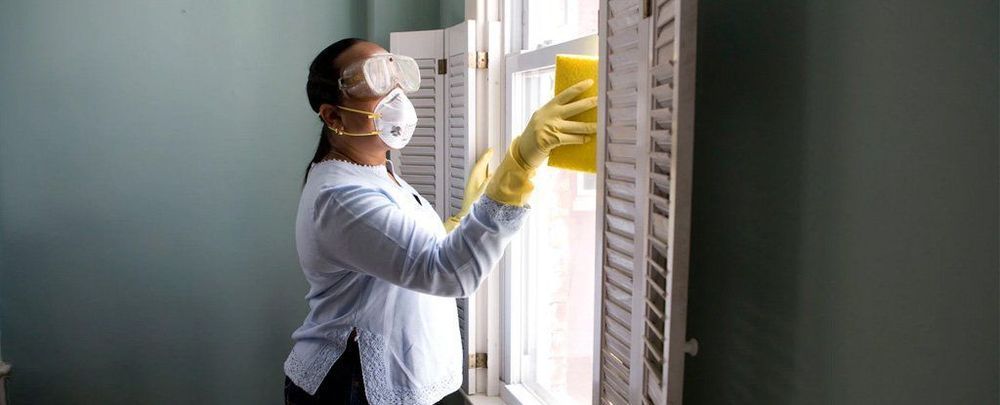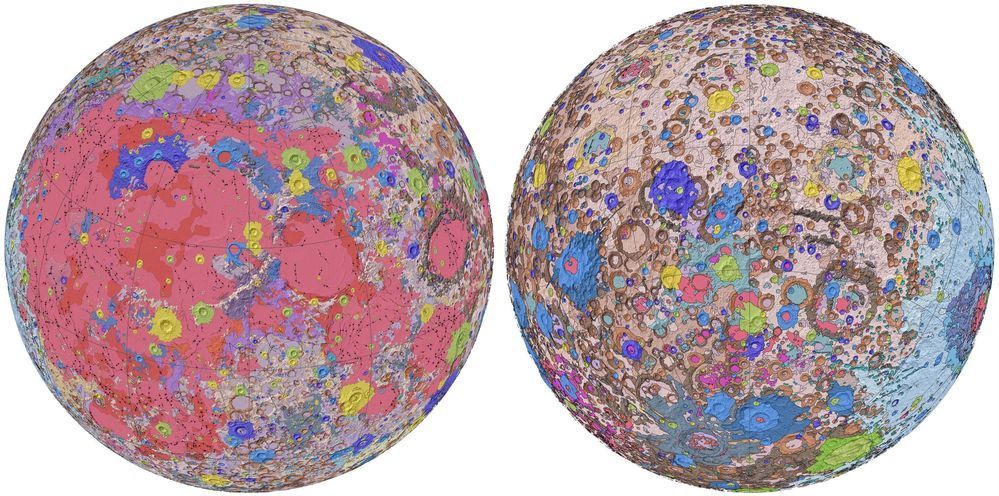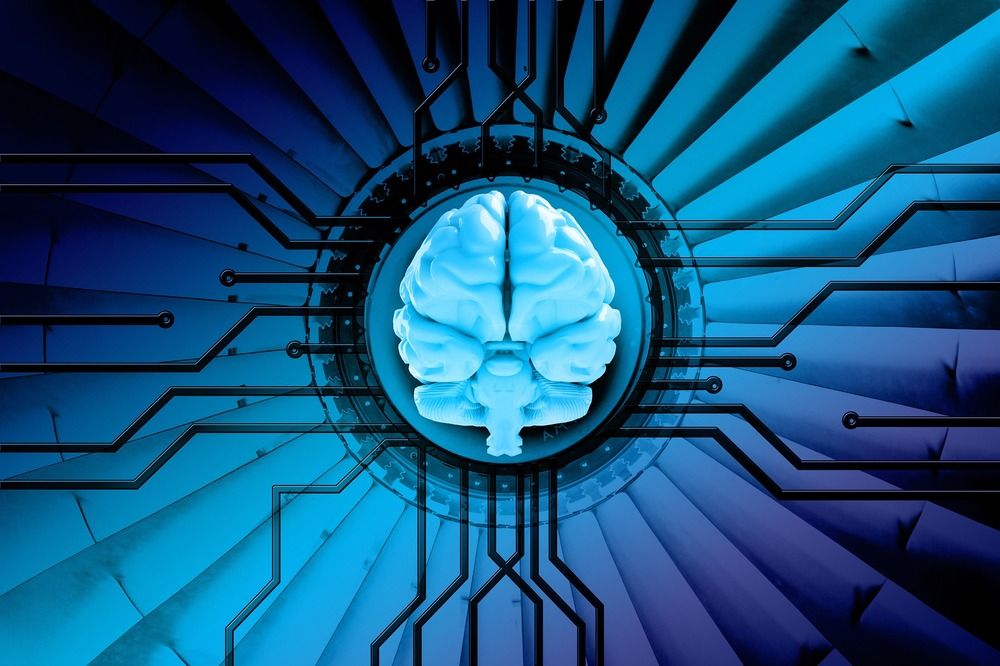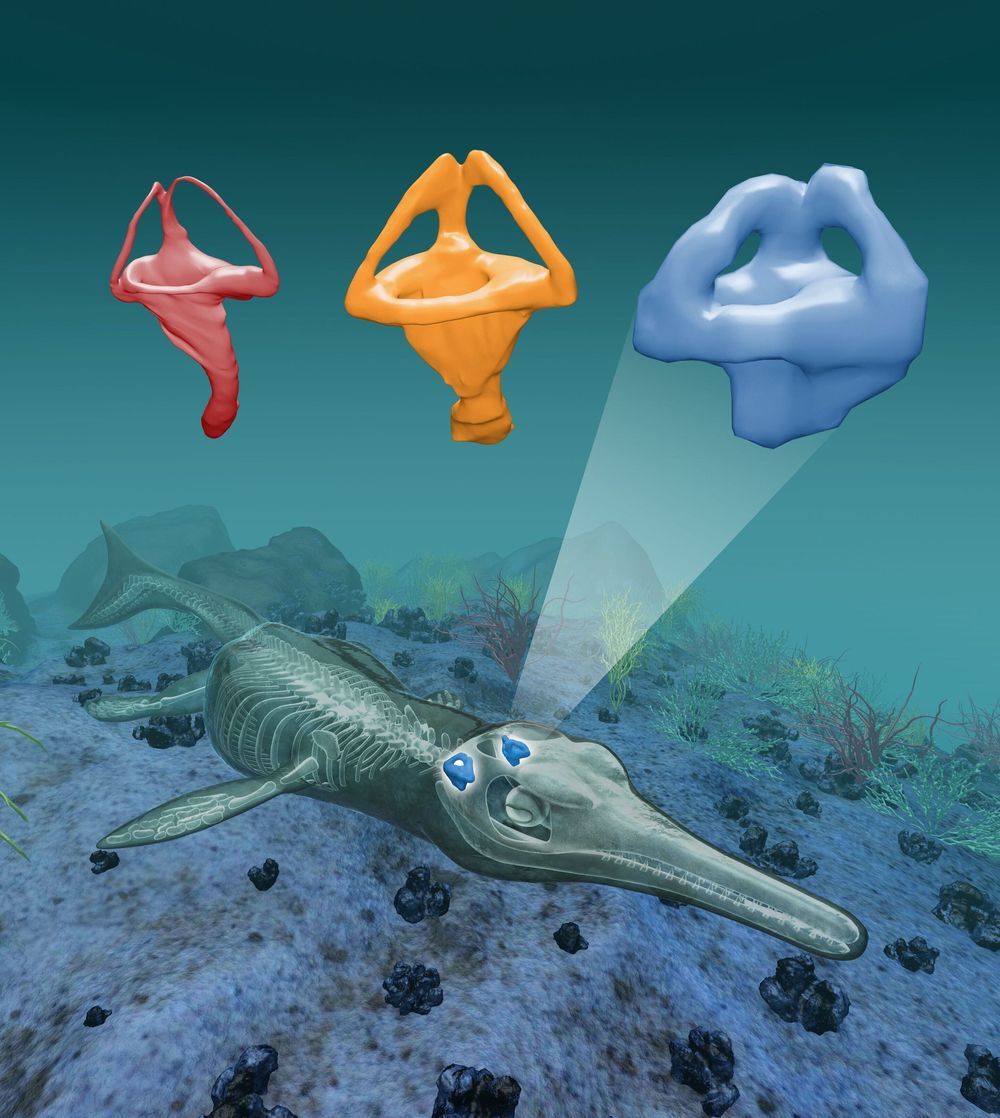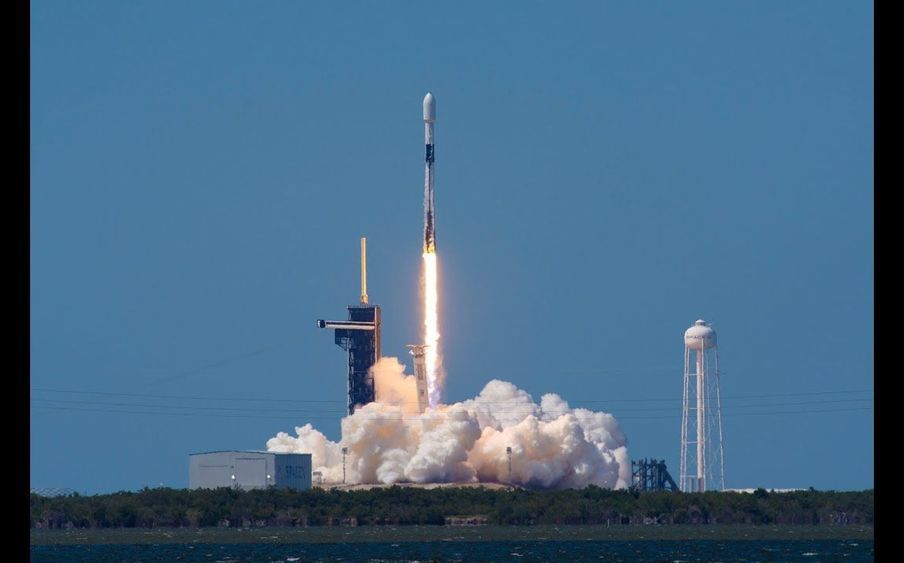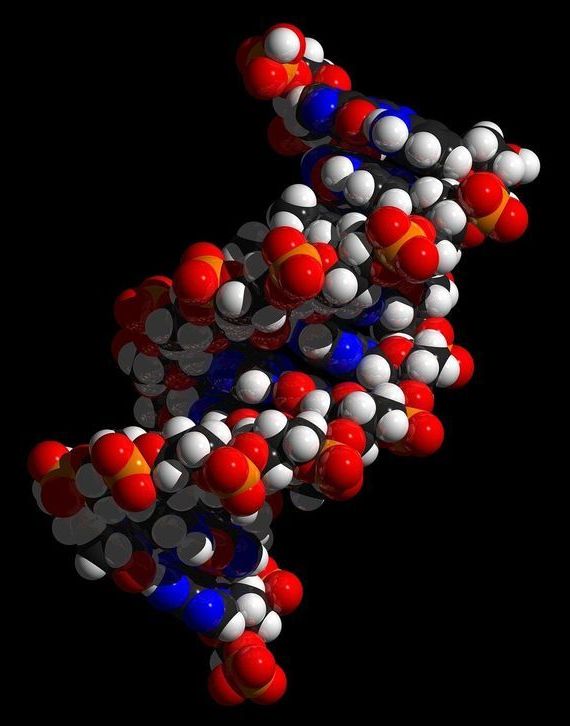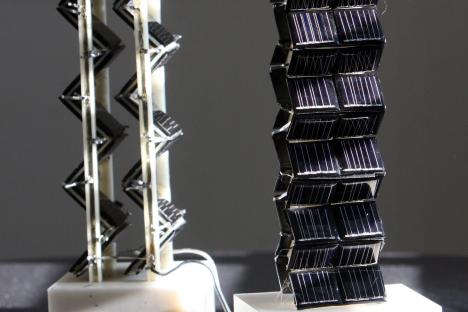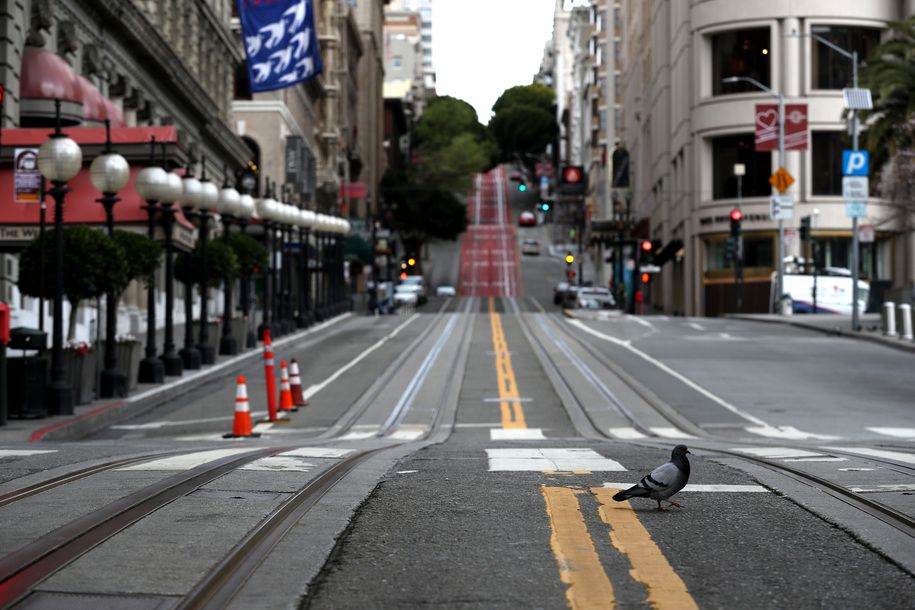
:ooooo.
At the beginning of March, Democratic Gov. Gavin Newsom of California announced a series of executive orders he hoped would help slow the spread, and subsequently mitigate the health impact, of COVID-19. One of those orders told Golden State residents to shelter-in-place. This order, set for two weeks, has been extended until May. Gov. Newsom has subsequently told residents that the process through which these public health safety measures will be loosened up is going to be deliberate, and done by degrees.
A study out of UC Davis in California says there is one silver lining to the shelter-in-place orders, though. According to researchers, the California highway patrol—who on average respond to more than 2,000 roadway “incidents” per day—have reported an enormous reduction in the daily rate of collisions. This means a lot less death and injury and a lot of public money saved.
UC Davis researchers found that the daily rate of collisions in California was cut in half after the order, and that cut closely matched the reduction in deaths and injuries connected to vehicular crashes. To this end, the study found that trauma centers reported a 40% reduction in people seen during this time, which includes pedestrians and cyclists involved in vehicular collisions. The savings to the public is estimated at about $40 million per day, adding up to around $1 billion in savings since the beginning of the shelter-in-place order.
Continue reading “New California study shows 
:ooooo.
At the beginning of March, Democratic Gov. Gavin Newsom of California announced a series of executive orders he hoped would help slow the spread, and subsequently mitigate the health impact, of COVID-19. One of those orders told Golden State residents to shelter-in-place. This order, set for two weeks, has been extended until May. Gov. Newsom has subsequently told residents that the process through which these public health safety measures will be loosened up is going to be deliberate, and done by degrees.
A study out of UC Davis in California says there is one silver lining to the shelter-in-place orders, though. According to researchers, the California highway patrol—who on average respond to more than 2,000 roadway “incidents” per day—have reported an enormous reduction in the daily rate of collisions. This means a lot less death and injury and a lot of public money saved.
UC Davis researchers found that the daily rate of collisions in California was cut in half after the order, and that cut closely matched the reduction in deaths and injuries connected to vehicular crashes. To this end, the study found that trauma centers reported a 40% reduction in people seen during this time, which includes pedestrians and cyclists involved in vehicular collisions. The savings to the public is estimated at about $40 million per day, adding up to around $1 billion in savings since the beginning of the shelter-in-place order. billion silver lining due to coronavirus shelter-in-place orders” | >
